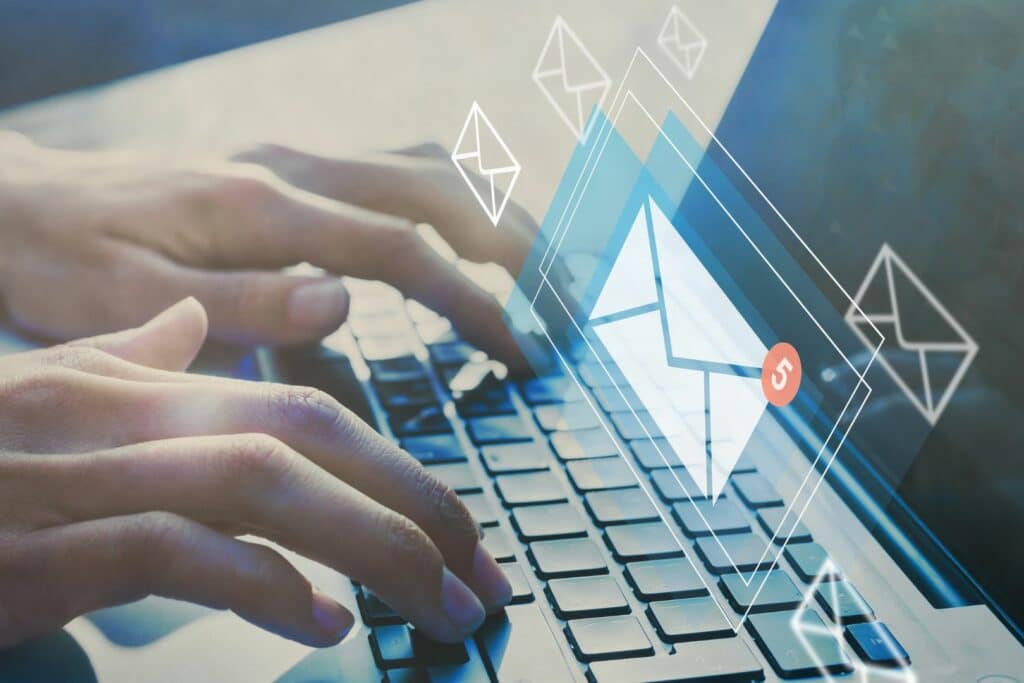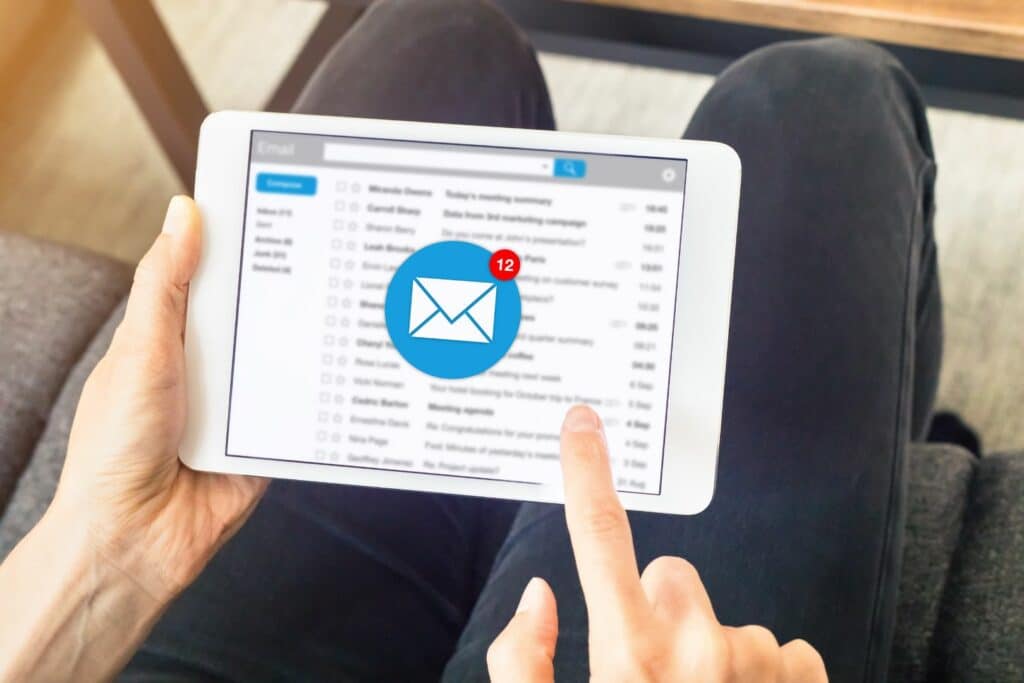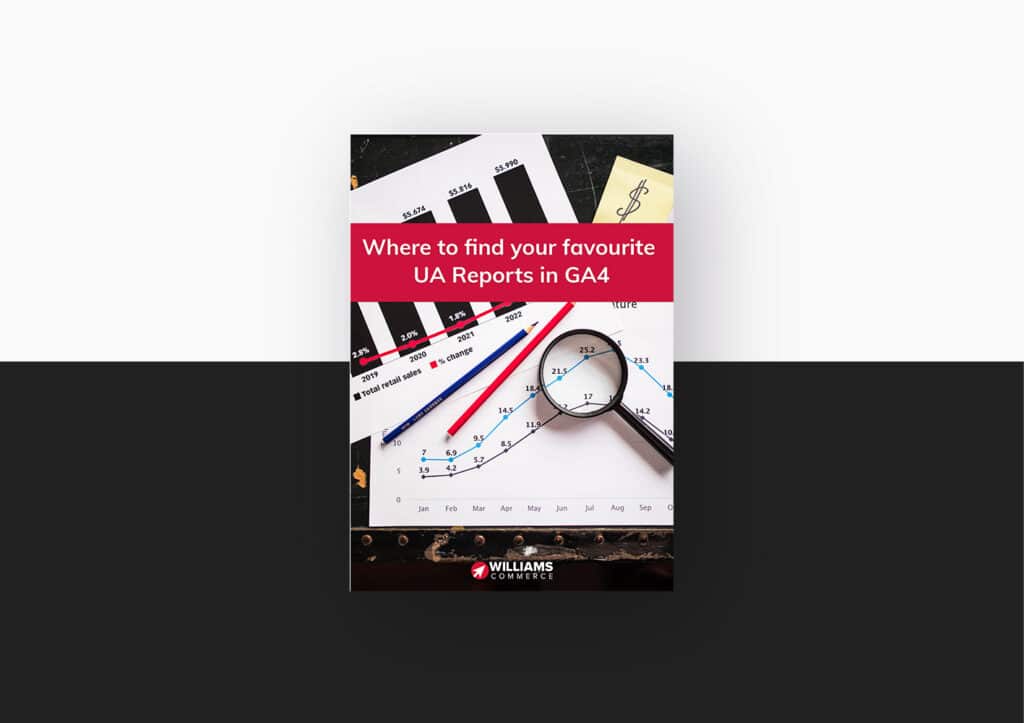Ever had to chase up an email you have sent, only to eventually discover that your original message has ended up the in the recipient’s spam folder?
It can be massively frustrating when the above scenario plays out, limiting your ability to communicate effectively and get tasks done.
If you want to keep your emails away from spam folders in 2024, then you need to know about DMARC. This email security standard is about to be adopted by a number of email providers, including Gmail and Yahoo.
This means businesses that utilise email to contact new, existing and potential customers need to take note. Now is the time to ensure your company is doing what is necessary to meet DMARC standards moving forward.
What is DMARC?

Domain-based Message Authentication, Reporting & Conformance – abbreviated to DMARC – is an email authentication, policy, and reporting protocol.
DMARC builds on other email protocols by adding linkage to author domain names. DMARC also publishes policies for recipient handling of authentication failures, and delivers reporting from receivers to senders. This helps to enhance protection for the domain against fraudulent email activity.
Who is introducing DMARC?
Back in October 2023, Google LLC and Yahoo Inc announced that a business sending more than 5,000 email messages through their email platforms will need to use DMARC from February 2024. Other email platforms, including Microsoft, AOL and Yandex, will also be adhering to DMARC standards from February.
What do I need to do?
Every business, particularly those who are harnessing email marketing and sending more than 5,000 emails, needs to take DMARC seriously so as not to impede their email efforts.
Features of DMARC compliance include:
- Giving the recipient the ability to authenticate the domains from which emails are sent.
- Giving the recipient the opportunity to easily stop receiving emails.
- Not sending spam emails.
These requirements may seem pretty straightforward on the face of it. But recent research from Redsift has found that some businesses are facing difficulties around domain authentication.
In order to comply with DMARC, companies need to set up a Sender Policy Framework or DomainKeys Identified Mail (DKIM). These are email authentication methods that add digital signatures to emails.
According to the research, this is something many businesses have yet to do.

Speak to your IT team
If DMARC and the upcoming changes are not something you are aware of, then now is the time to speak to your IT team.
They will be in the best position to make sure that all the necessary steps are being taken in order to ensure your business is DMARC compliant.
This will help prevent your emails ending up in the wrong place and allow you to communicate via email more effectively throughout 2024 and beyond.
You can get more information on DMARC by visiting the DMARC website, taking a look through the Government Guidance on DMARC Compliance, and by viewing the Google Workspace Admin Help Webpage.



